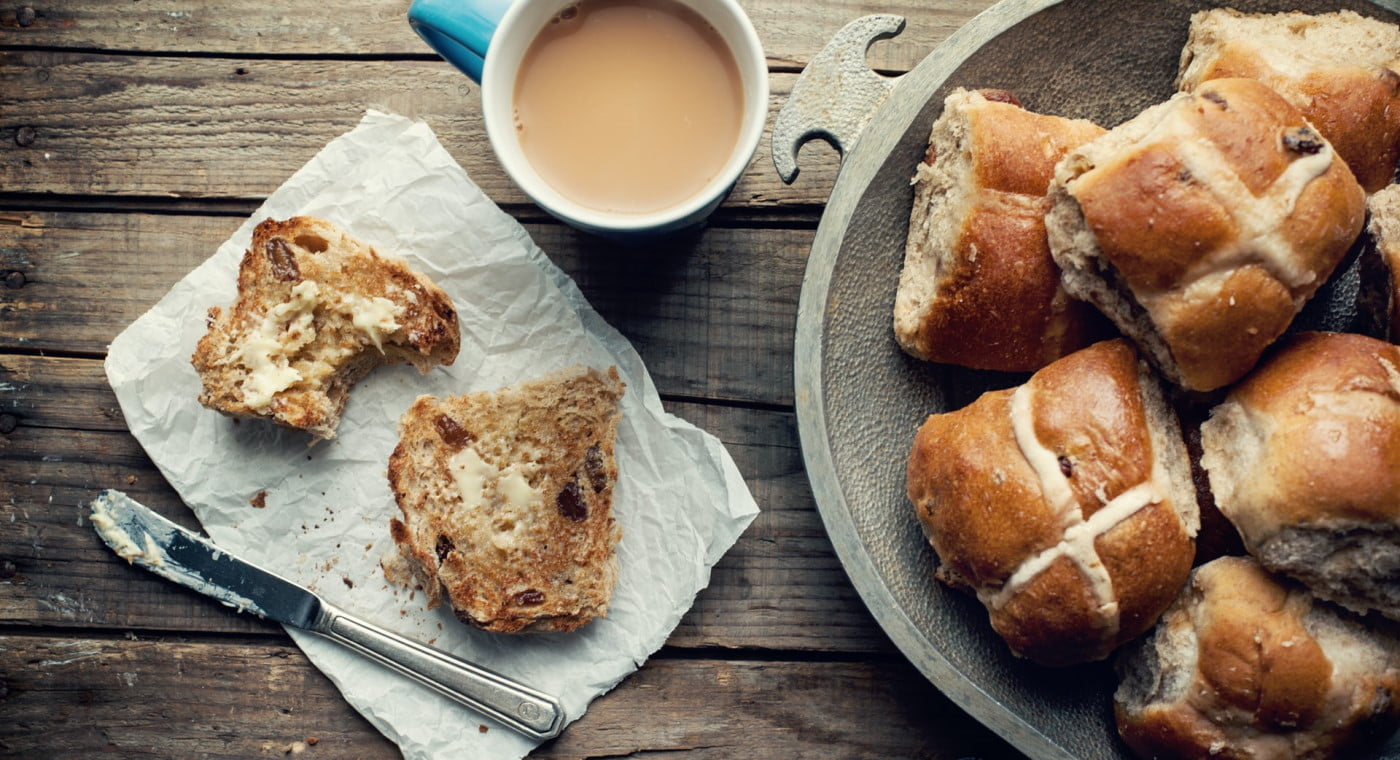I sat down to write about sustainable Easter celebrations, and then realised that I don’t really know how people actually celebrate Easter.
When I was a kid it was all about chocolate, huge amounts of chocolate, oh and there were hot cross buns but you can get those all year, and I don’t remember much else. As an adult, living in various countries there were more traditional meals where family and friends came together to sit down and eat. Oh, and colouring eggs, that seems to be a big thing for a lot of people in a lot of places.
So, as I went through a little journey to find out about what people do at Easter some things truly surprised me. Like multiple pieces of advice telling people not to give live coloured chicks and rabbits as gifts, who does this and thinks it is a good idea in the first place is quite beyond me.
I’ve put together a list of a few Easter based traditions and activities, and then some of the more sustainable alternatives.
Let’s start out with the obvious one from above. Do not give kids living baby animals, brightly coloured or not, of any kind. No substitutions or more sustainable suggestions are needed here, just don’t do it.
Flowers are pretty and scream ‘springtime’ but why not give living plants instead of cut flowers, preferably some that can be planted outside afterwards, ideally native plants that attract bees.
Dying and decorating hard boiled or blown eggs is fun, especially with kids, but use natural products to do it. Don’t buy the environmentally questionable kits full of Easter dyes because there are a massive range of natural products you can use at home to make your own, everything from cabbages and wine to coffee. Just search online for some inspiration.
Now, apparently part of Easter for many people involves giving plastic baskets, lined with plastic grass and with plastic eggs in them. I’m not really entirely sure of the point of all of this, maybe it’s something to do with the egg hunt, or maybe it’s just decorative. Whatever the reason that seems to be a lot of plastic. Replace the plastic basket with one made from something natural like the one you have sitting in cupboard somewhere that you once bought some artisanal foodstuff or got a gift of cosmetics in.
Replace the plastic grass, with… real grass maybe, or straw, or moss perhaps. If you need to have non-edible eggs then replace the plastic with wood or something else and if you feel that you absolutely must use plastic ones then make sure that they are solid enough to be stored and reused year after year.
But chocolate eggs are far more fun than plastic ones, so let’s get on to those…
Chocolate eggs seem to come in increasingly fancy packaging with multiple levels of foils, plastics and intricate boxes. A 2018 study revealed that 3,000 tons of chocolate Easter egg packaging is generated every year in the UK alone. You could help to reduce all of that by making your own, by buying something locally produced with less packaging, or just by picking the option that at the very least uses as little plastic in the packaging as possible.
The supermarket chain Aldi says that they want to reduce the amount of plastic in their Easter products this year by 29 tonnes. One of the ways that they are doing this is by making ‘geometric’ chocolate eggs, with a flat bottom that sit in the boxes without needing plastic inserts to support them.
If you are going to buy chocolates, or sweets of any kind, then don’t buy lots of small individually wrapped ones, some of the plastics or even tiny bits of foil that these come wrapped in may be technically recyclable but will almost certainly end up in a landfill. As an aside, while we are on the subject of chocolate, buy Fairtrade if you can, it really does make a difference to famers and workers in the countries where the cacao is grown.
Even if you do all of the above, there is a decent chance you will still end up with some wrapping waste. Collect together aluminium foil from chocolate wrappings, etc. and put it in the recycling. Either scrunch it all up all together into a ball or put it inside an aluminium can, because putting individual sheets of the foil in the recycling means they can often be either incorrectly sorted as paper or just rejected by the machinery.
Once you’ve made it through all of that egg shaped chaos, sit down and have a hot cross bun, or several, because they are yummy and amazing, and in my personal non-religious, and currently not very into chocolate, opinion, one of the very best things about Easter.
We first published this article in the Platforma EKO newsletter Towards Sustainability: Issue 9 - March 2021.
